Popular Cities in United Arab Emirates for Bronchoscopy are:
Listing popular specialists:
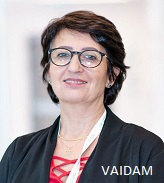
Dr. Fatima Alzahraa Haj Oubid Abbas
Consultant, 27 years of experience

Management of ear nose and throat disorder Surgery of salivary gland tumor Surgery of thyroid Minimal invasive laser microscopic surgery for laryngeal tumors and vocal disorders Surgery of advanced laryngeal cancer Surgery of cervical tumors, neck dissection, and congenital malformations
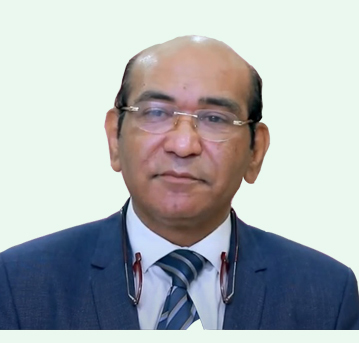
Principal Consultant, 25 years of experience

Paranasal sinus surgery Rhinoplasty
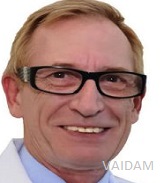
Senior Consultant, 19 years of experience

Tonsils & Adenoids, Snoring surgery, Nasal & sinus tumors
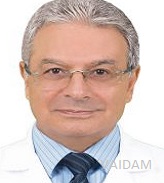
Consultant, 50 years of experience

Endoscopic Sinus Surgery Reconstructive Ear Surgery
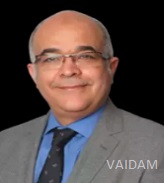
Principal Consultant, 34 years of experience

Septoplasty Middle ear microsurgery
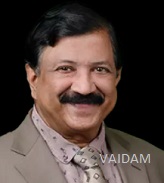
Dr. Ramamurthy Lakshminarayanan
Principal Consultant, 29 years of experience

Sinus surgeries Micro ears surgeries
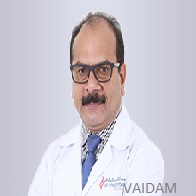
, 20 years of experience

Nasal Endoscopy Laryngoscopy Video Otoscopy Audiometry Tympanometry Foreign body re
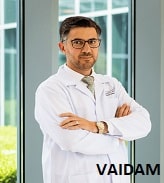
Consultant, 10 years of experience

Ear surgery, Pediatric otorhinolaryngological disorders, Adeno-tonsillectomy, Management of allergic rhinitis and Sino nasal disorders, Management of hearing disorders, tinnitus, vertigo, Management of snoring
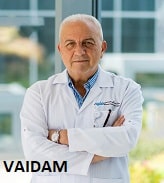
Consultant, 35 years of experience

Ventilation tubes surgery, Nasal polyps, Correction of deviated nasal septum, Management of hypertrophied turbinates, Laparoscopic laryngeal surgery
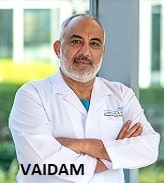
Consultant, 24 years of experience

Stapedectomies, Rigid and flexible endoscopies, Microlaryngeal surgeries, Thyroid surgeries, Head and Neck surgeries (including cancer), Endoscopic ear surgery
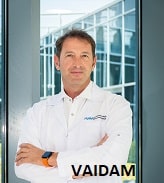
Consultant, 20 years of experience

Chin augmentation, Blepharoplasty, Lip lift, Otoplasty, General ENT

Consultant, 39 years of experience

Nasal Polyps, Septoplasty, FESS with Navigation, Turbinectomy, Septoplasty with turbinate reduction, Nasal Fracture reduction, Cochlear Implant, Eustachian Tuboplasty, Functional Endoscopic Sinus Surgery (FESS) with Navigation
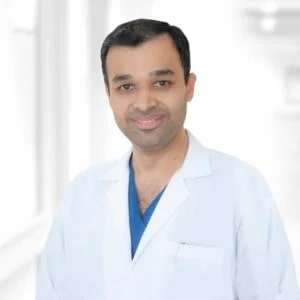
Consultant, 10 years of experience

Endoscopic Ear surgery (Ear drum repair, cholesteatoma, hearing loss), Endoscopic sinus surgery (Sinusitis, nasal polyps), Endoscopic Trans-Sphenoidal Pituitary surgeries, Endoscopic CSF leak repair, Adenoidectomy, Tonsillectomy, Myringotomy & Grommet insertion, Septoplasty, Nasal Turbinate reduction surgery
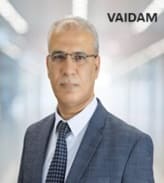
Dr. Ayman Hussien Salah El-din
Consultant, 25 years of experience

Snoring and Palate surgery, Nasal endoscopy and sinus surgery
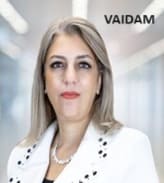
Consultant, 17 years of experience

Diseases of adenoids and tonsils and their surgery using advanced technique, Ear diseases and surgery, Ear procedures including ear lobe repairing
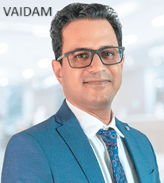
Consultant, 22 years of experience

Micro-laryngeal surgeries for benign vocal fold lesions, vocal fold scarring & vocal fold cancer, Managing post-tonsillectomy bleeding, Treatment for snoring using CPAP machine, decongestants or nasal dilators, Managing epistaxis or nosebleeds, Myringoplasty and tympanoplasty for eardrum holes, Ossiculoplasty or middle ear reconstruction
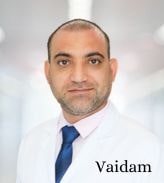
Consultant, 15 years of experience

Hearing issues, Chronic cough, Thyroid disorders

Consultant, 20 years of experience

Pediatric Congenital and acquired diseases, Pediatric neck lump and masses, Adult neck lump and masses, Salivary gland tumors, Salivary stones treated with sialo endoscopy, Thyroid lump, nodules, and cancer, Oral cavity ulcers and lesions, Pharyngeal and laryngeal ulcers and lesions, Laser for Laryngeal and pharyngeal cancer Hoarseness and voice problems, Voice changes from male to female, Nasal obstruction and sinus problems, FESS (functional endoscopic sinus surgery), Lacrimal sac and duct problems treated with EDCR, Deviated septum and turbinate hypertrophy, Skin tumors of the head and neck, Otosclerosis laser surgery, Cholesteatoma and tympanic perforation surgery
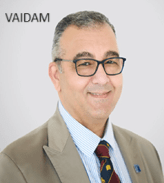
Consultant, 30 years of experience

Functional and Cosmetic Rhinoplasty, Nasal Allergy and Nasal Polyposis, Septoplasty, Turbinoplasty, Endoscopic Lacrimal Sac Surgery, Benign Tumours of the nasal Sinus, Ear Surgery, Tympanoplasty, Cholesteatoma surgery, Ossiculoplasty, Voice Surgery, Tonsillectomy adenoids, Middle ear ventilation tubes, Eustachian Tube Balloonplasty, Nasal Sinuses Balloonplasty
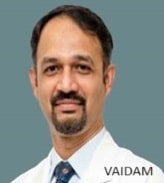
Consultant, 20 years of experience

<ul> <li>Functional Endoscopic Sinus Surgery</li> <li>Endoscopic Sphenopalatine Artery ligation for Recurrent Epistaxis</li> <li>Endoscopic Dacryocystorhinostomy</li> </ul>
Our Services for Bronchoscopy in United Arab Emirates
Transparent - Professional - Without Hassles
Bromchoscopy is the procedure in which the doctor looks at your lung disorders. In this procedure a thin tube called as bronchoscope is being passed through your nose or mouth and then from your throat to your lungs.
In bronchoscopy the doctor can view all the structures which forms the respiratory system such as your larynx, trachea and the smaller airways of the lungs called as bronchi and bronchioles.
A bronchoscopy can be used to diagnose a lung disease, a tumor, a chronic cough, an infection. The procedure can also be used to detect the source of pulmonary bleeding or identify foreign bodies in young children.
Advanced forms of imaging are sometimes used to conduct a bronchoscopy. In virtual the bronchoscopy a CT scan is being used to see the airways in more detail. In endobronchial ultrasound a probe is attached to bronchoscope to check for airways and in fluorescence bronchoscopy a fluorescent light is attached to the bronchoscope to see the inner side of the lungs.
Common reasons for needing bronchoscopy are a persistent cough, infection or something unusual seen on a chest X-ray or other test. This can also be done to obtain samples of mucus or tissues or to remove foreign bodies to provide treatment for lung problems.
Treatment of a lung problem (interventional bronchoscopy
Bronchoscopy is usually done in a procedure room in a clinic or in a hospital operating room. The entire procedure takes about four hours. Bronchoscopy itself usually lasts about 30 to 60 minutes.
During bronchoscopy, the bronchoscope is placed in your nose or mouth. The bronchoscope has a light and a very small camera at its tip that displays pictures on a monitor which helps the doctor in guidance. The bronchoscope is advanced slowly down the back of your throat, through the vocal cords and into the airways. It may feel uncomfortable, but it shouldn't hurt. Samples of tissue and fluid may be taken and procedures may be performed using devices passed through the bronchoscope
After one to three days of the procedure you will get to know about the result. The doctor will then decide what treatment is needed and what procedure is to be followed. If biopsy was taken during bronchoscopy then it is needed to be reviewed by a pathologist.
Bronchoscopy is not painful, the bronchoscope is passed through the nose of your mouth, down the back of your throat and through the windpipe and then into the bronchi. The fibre-optics allow light to shine around bends in the bronchoscope and so the doctor can see clearly inside your airways.
A bronchoscopy is relatively quick, lasting 30 to 45 minutes. Because you’ll be sedated, you’ll rest at the hospital for a couple of hours until you feel more awake and the numbness in your throat wears off.
Complications from bronchoscopy are uncommon and usually minor, although they are rarely severe. Some of the complications of bronchoscopy are bleeding, collapsed lung and fever.
You'll be monitored for several hours after bronchoscopy. Your mouth and throat will probably be numb for a couple of hours. You won't be allowed to eat or drink until the numbness wears off. This helps keep food and liquids from entering your airways and lungs.
You should contact your doctor if you have fever for more than 24 hours, chest pain increasing day by day, difficulty in breathing, coughing few tablespoon of blood.

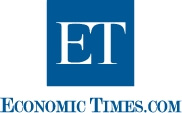
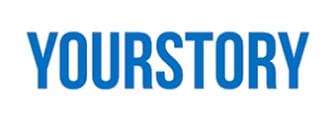



NABH Certified Healthcare Discovery Platform
Vaidam is NABH certified healthcare discovery platform that will connect you to top-notch medical experts, hospitals, wellness options, and trusted travel partners to help identify and make the right healthcare choices.

Researched & Personalized Treatment Plan - Under One Roof
You can search for the best hospitals, read about them, view photographs of the facilities at the hospitals and the places at which the hospitals are located, and check the cost of treatment.

Quality Treatment Within Your Budget
As soon as you post an enquiry, the patient relation team will collect details from you, share them with the doctors and hospitals on Vaidam's panel, and get a personalized treatment plan. We research to get quality treatment within your budget.

Treatment to Travel
Vaidam concierge assists patients, to get medical Visa, the best airline fares and arrangements for your stay. Our concierge also helps you with daily travel, language, and food concerns. Vaidam does everything to be your perfect host. All of Vaidam’s services are free of cost to patients.

International Reach
Vaidam Health has network in 15+ countries, which includes India, Turkey, UAE, Germany, South Korea, Thailand, Malaysia, Spain.
Note: Vaidam Health does not provide medical advice, diagnosis or treatment. The services and information offered on www.vaidam.com are intended solely for informational purposes and cannot replace the professional consultation or treatment by a physician. Vaidam Health discourages copying, cloning of its webpages and its content and it will follow the legal procedures to protect its intellectual property